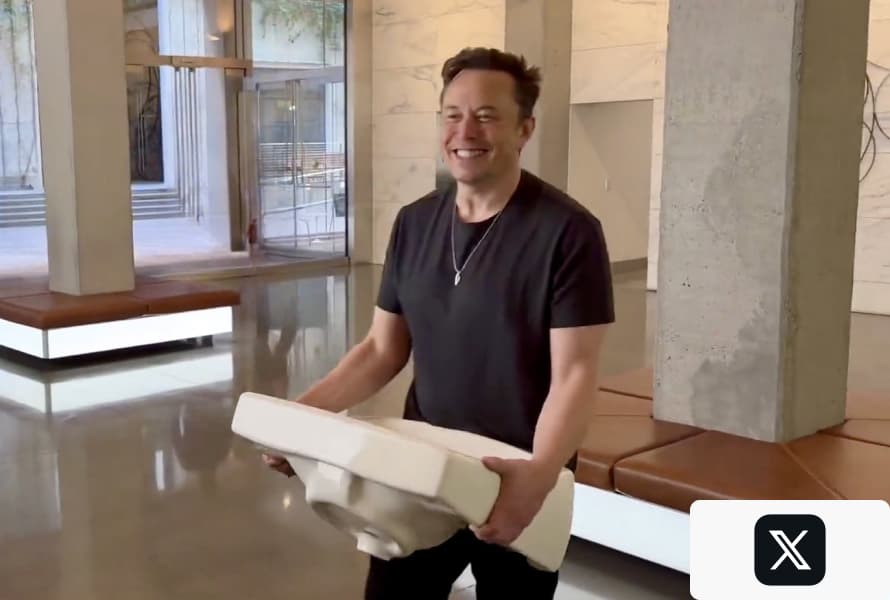Since its inception in July 2023, Creator Revenue Sharing program has consistently been increasing the amount it pays to creators. Only a year ago, it was 5$ per Million impressions, right now - that number can go up to $200 for some people.
But not all payments are created equal - some creators do get more for the same amount of impressions, I tried to figure out why.
Who is eligible to get money off of Twitter's Creator Revenue Sharing program?
To get into the program, you need to:
- - Get Verified by subscribing to Premium (from $8/month)
- - Have at least 5M inpressions on your posts within the last 90 days
- - have 500 Premium followers.
The requirement was of 500 followers (without Premium) just a couple of weeks ago, so it's all susceptible to change any time soon.
Where the drama starts.
Some creators get a lot more than others for the same amount of impressions and engagement. Are they Elon's favorites and he's just "tipping" his favorite creators or it's just a bug? Let's investigate
For example, Tiffany Fong's earnings make no sense when people that get the comparable amount of impressions and followers get 100 times less money.
It is known that the creator revenue sharing program prioritizes quality engagement from premium users over the amount of impressions, but, does it really prioritize comments THAT much? Seems like it is.
Upon further investigating, I found that even though Theo's posts get the same amount of impressions, he gets x100 less comments on average per impression. How's that? No one knows.
So even though you might get a lot of impressions, you can earn less because of the amount of comments from Premium users your content generates.
The only thing that seems to matter now for twitter monetization revenue is the number of comments from Premium users under your posts.
So how much should you expect to get for posting on X?
As you can see, these numbers can be completely random - from 5$ per Million of impressions, to hundreds of dollars. There are a lot of variables at play: how many premium followers you have, how frequent they are engaging with your content, how much quality replies you get, etc.
The algorithm seems to prioritize quality engagement from premium users and value them more than just impressions. How it will change in the future - no one knows, the program is a little more than a year old, and is still developing and changing all the time. YouTube ad revenue, in that sense, is more straightforward.
Plus, Elon's plan to make X "the everything app", including adding payment processing functions (One of his first companies was named X.com and was a payment processor, that then merged with PayPal).
The future of X is unpredictable, but we're looking at it with optimism - it will only get better! So I invest my time heavily into this platform.
But what we know for certain, that X is not going to bore us to d



